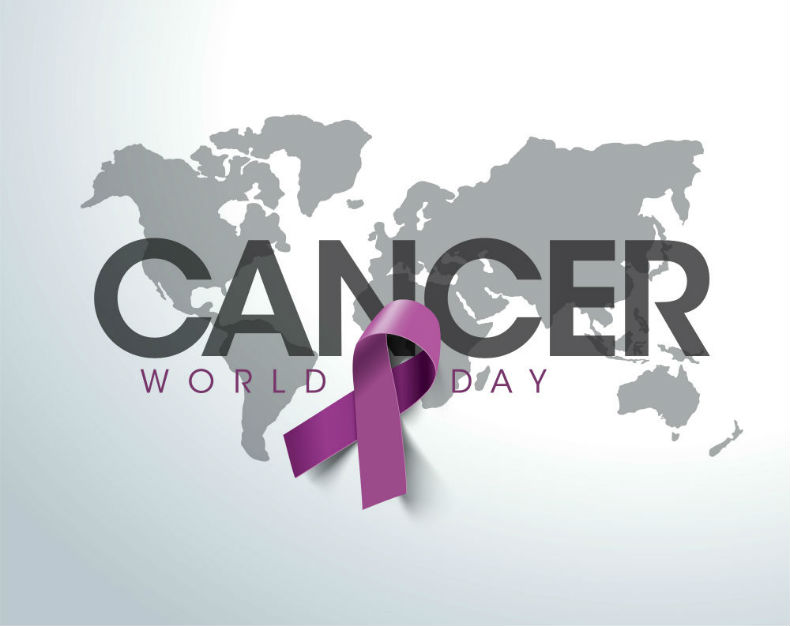World Cancer Day: Increasing Your Awareness
February 4th marks World Cancer Day, an initiative which seeks to “save millions of preventable deaths each year by raising awareness and education about cancer, and pressing governments and individuals across the world to take action against the disease.”
In an effort to help spread cancer awareness, we have put together some facts and figures when it comes to cancer.
What exactly is cancer?
It’s something that affects most families worldwide, but actually knowing what the disease is often isn’t something we pay attention to. So, what exactly is cancer?
“Cancer arises from the transformation of normal cells into tumour cells in a multistage process that generally progresses from a precancerous lesion to a malignant tumour.” World Cancer Organisation.
There are three types of tumours:
Benign - cannot spread, but do cause problems in the area they are found in. Treated by surgically removing them, treated with drugs or radiation in order to shrink and cure the disease.
Premalignant - this type of tumour is not cancerous but is about to be. Treatment depends on the area, but a close eye will be kept on any premalignant cells. Some areas allow for treatment, or removal of the cells.
Malignant - these can spread. 3 ways outlined by the Irish Cancer Society are:
By direct extension, where the cells literally grow into nearby organs.
By the lymphatic system, where cells from the original tumour break off and enter the lymph canals.
By the blood stream.
Now we know that it is the transformation of cells that causes certain tumours to grow it is important to be aware of outside factors that can cause this transformation to take place. (It is important to note that genetics play a role in the transformation of cells).
Physical Carcinogens: Radiation and ultraviolet light.
Chemical Carcinogens: Tobacco, water contaminant (arsenic), aflatoxin (a food contaminant).
Biological Carcinogens: such as infections from certain viruses, bacteria, or parasites.
Photo by Aaron Burden on Unsplash.
The Numbers…
According to the Irish Cancer Society:
By 2020, 1 in 2 people in Ireland will develop cancer during their lifetime.
1 in 4 deaths is caused by cancer in Ireland.
One person dies from cancer every hour in Ireland.
According to the World Health Organisation:
The 5 most common types of cancers in men (globally) are: lung, liver, stomach, colorectal, and prostate cancers.
The 5 most common types of cancers in women (globally) are: breast, lung, colorectal, cervical, and stomach cancers.
According to the National Cancer Registry Ireland:
Top Risk Factors include:
Smoking and use of tobacco (tobacco is responsible for 22% of cancer-related deaths- WHO).
Infections
Radiation
Diet
Obesity
Diabetes
Survival Rates:
The Lancet reports five-year survival rates for cancer have improved from 44.2% in 1994-1998 to 61.1% from 2010-2014.
The Irish Cancer Society provides information on how you can reduce your cancer risk.
Photo by sydney Rae on Unsplash.



